Wireless mouse not working on PC [Quick Fix]
6 min. read
Updated on
Read our disclosure page to find out how can you help Windows Report sustain the editorial team. Read more
Key notes
- There could be many reasons why the wireless mouse is not working, including a dead battery.
- If the wireless mouse is not working on your laptop, there might be a problem with the driver.
- In our guide you will learn how to fix the driver problem manually and also automatically.
- You should also check if a certain software is not causing your mouse not to work.

Wireless mouse issues are pretty common. In fact, there have been several instances of the mouse behaving erratically once you have upgraded to Windows 10.
Luckily, the problem can be easily dealt with so that you can have your mouse up and running within minutes.
Mentioned below are some of the most common reasons that could be preventing your mouse to perform optimally on your Windows 10 device, along with ways to get around it quickly.
Also, since your wireless mouse is down, you will need to have other pointing devices such as a USB mouse, touchpad, or such to carry out several of the steps mentioned below. Unless your device is touchscreen enabled.
So if you’re asking yourself why is my wireless mouse not working, let’s solve this problem right now!
What can I do if the wireless mouse is not working?
1. Check the compatibility with Windows 10 and the hardware
This happens to be one of the most common errors you are likely to face on a Windows 10 device. So, the first thing for you to do will be to ensure your mouse is compatible with Windows 10.
Most new models should be. However, if the mouse is more than five years old, chances are that it isn’t compatible with Windows 10. If that be the case, you have no other option but to go for a complete replacement.
If the mouse is of a recent make and is still not responding, the other option for you will be to ensure the wireless receiver is attached to a port that is working or has adequate power.
For this, try changing your ports and see if things change. Also, ensure you attach the receiver to your PC’s native ports instead of external port replicators.
Further, you can attach the port to a different PC to ensure it is working. This is a common issue so you could fix the problem right away.
Oftentimes, reconnecting the wireless connector too can help solve things. With the PC running, detach the receiver, wait for 10 seconds and reattach it again. This should help restore things.
However, if things still aren’t working, check if the battery within the mouse has enough juice in it before you move on to the next step. Once you are done with the basics, you can now move on to the more serious stuff.
2. Reinstall the driver
- Press the Windows button + X on the keyboard and select Device Manager.
- Locate and expand Mice and other pointing devices.
- Right-click on your wireless mouse and click Uninstall.
- In the confirmatory box that follows, click on Uninstall.
- There will be another box that will appear on your screen stating the system needs to be restarted for the changes to take effect and will seek your consent for the same. Let it restart.
- Once the system reboots, the mouse driver will be installed afresh.
This should solve the issue. However, if it doesn’t, here is what you can do next.
3. Check mouse driver compatibility with Windows 10
- Launch Device Driver as shown in the previous solution.
- Locate and expand Mice and other pointing devices.
- Right click on your wireless mouse and click on the Update driver option.
- In the window that appears next, select Search automatically for updated driver software. The system will search both your computer as well as the internet to select the most appropriate and updated software. Restart when prompted.
Alternately, you can go to the official website of the mouse manufacturer and download the latest driver manually.
In that case, select the second option after clicking on Update Driver, that is, Browse my computer for driver software. Provide the path where the software is located for Windows to install it. Again, restart when asked to.
Manually reinstalling and updating the driver is not really a piece of cake and if you download the wrong driver you will have the same problem all over again.
However, you can also fix this problem by using a third-party tool to automatically install any missing drivers or repair the problematic ones.
4. Perform a clean boot
- Type msconfig in the search box and choose System Configuration.
- Select the Services tab and uncheck the Hide all Microsoft services check box.
- Click on the Disable all button.
- Select the Startup tab from the top and click on Open Task Manager.
- In Task Manager, select each item by clicking on it and change the status to Disable.
- Close Task Manager.
- In the main System Configuration dialog box, click on OK.
- Restart your PC to let the changes take effect.
Once the PC has restarted, connect the mouse. you will now have to single out the program that might be hampering the mouse performance. For this, go to the next step.
5. Find the problematic software
- Launch the System Configuration like shown in the previous solution.
- Select the Services tab and click on the Hide all Microsoft services check box.
- Manually select only one half from the services list.
- Click on OK to close the System Configuration dialog box.
- Click on restart when prompted to let the change take effect.
If it does still doesn’t work, repeat the above steps but with another set of services selected from under the Services tab until you zero in on the particular program that is causing the issue.
However, if the problem is still there, the culprit is among the selected services. Repeat the same procedure but with lesser number of services to pinpoint on the exact service that is likely causing the problem.
It is sort of the binary search algorithms often used to search among sorted arrays.
Once you have found the program that is preventing the wireless mouse from functioning, keep it unchecked and re-start the device. Things should work fine from here onwards.
Meanwhile, you can also get in touch with the developer of the particular problem that is colliding with the wireless mouse to see if they have a workable solution.
You can also perform a clean boot with just the minimum number of drivers to rule out the chances of any other software conflicting with that of the mouse.
6. Re-install Windows 10
If the same wireless mouse has worked fine with another version of Windows, you can roll back to the same before going for a fresh install of Windows 10.
In the end, what is evident is that it is not too big a chore if you find yourself faced with a mouse that is playing dead after you have made the transition to Windows 10.
You can easily get out of the hole by following any of the methods listed above. If you have any other suggestions, don’t hesitate to leave them in the comments section below.






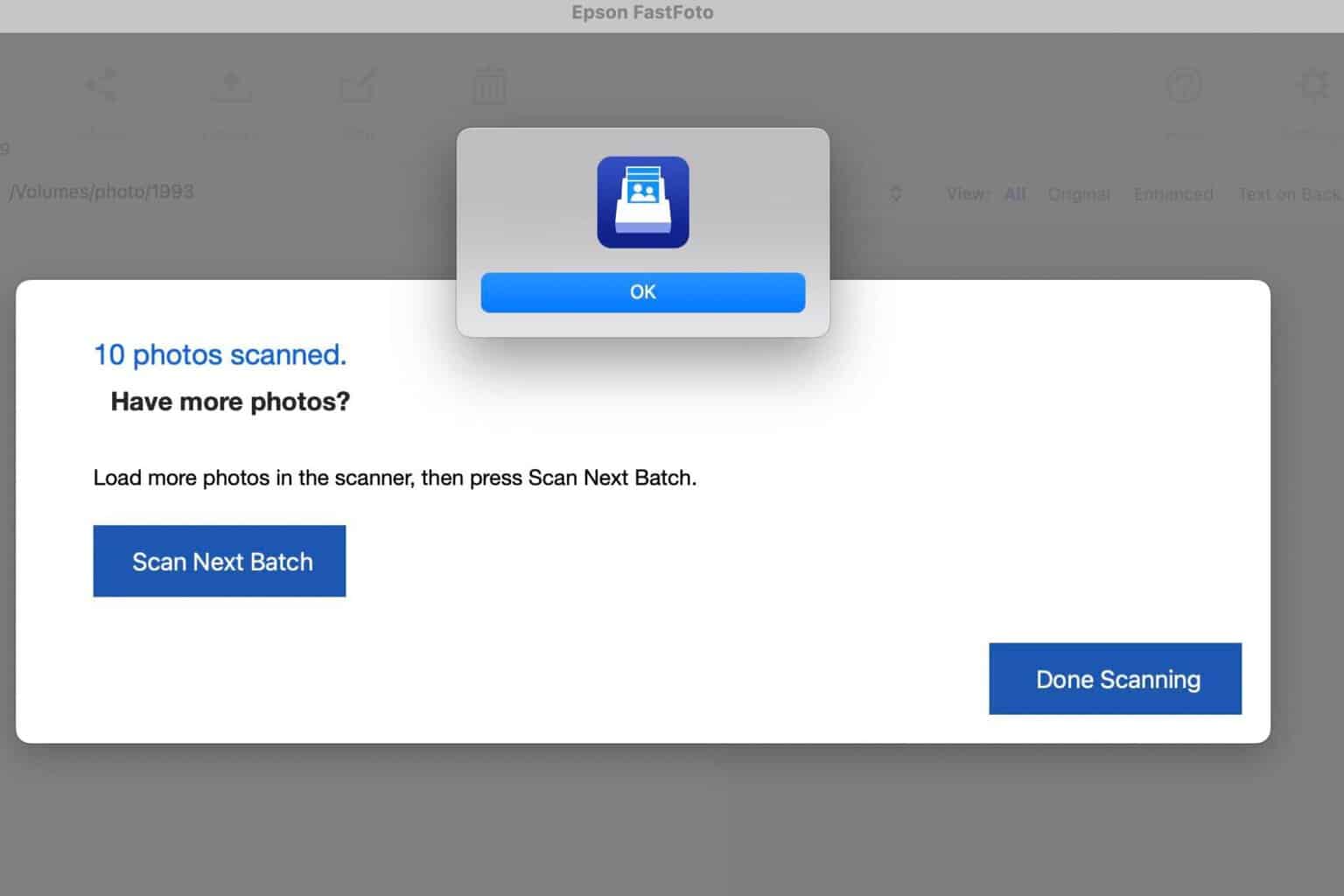
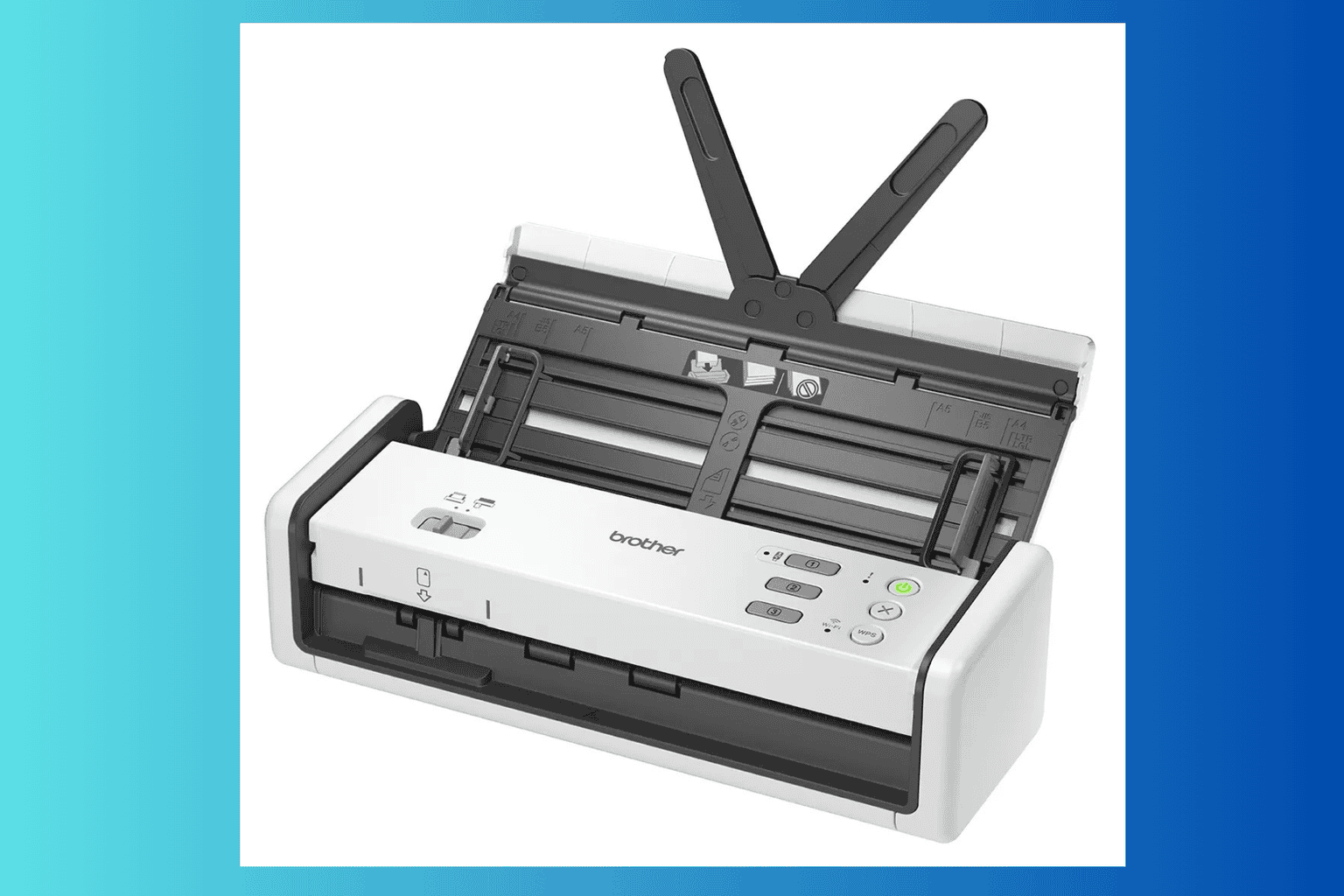
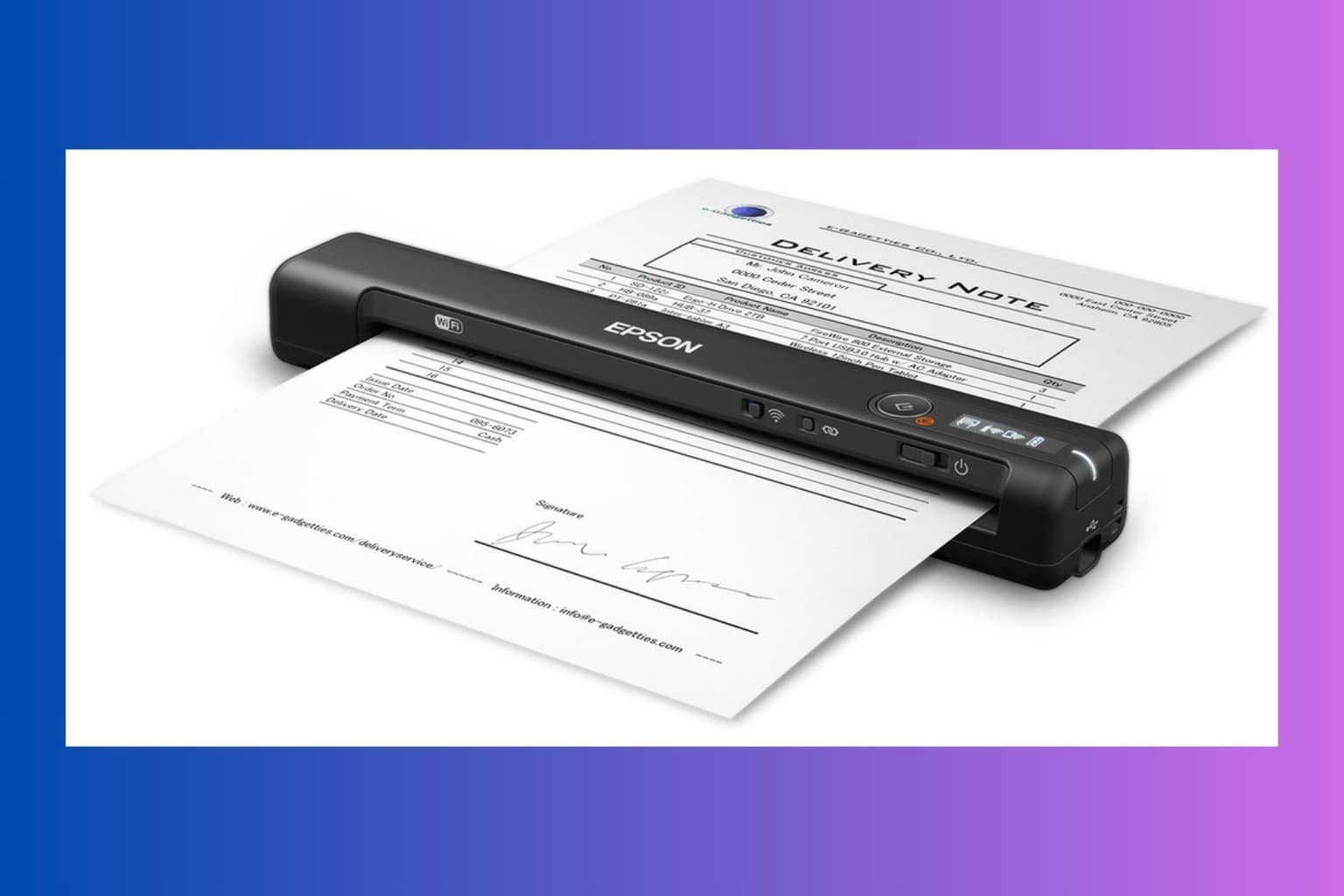
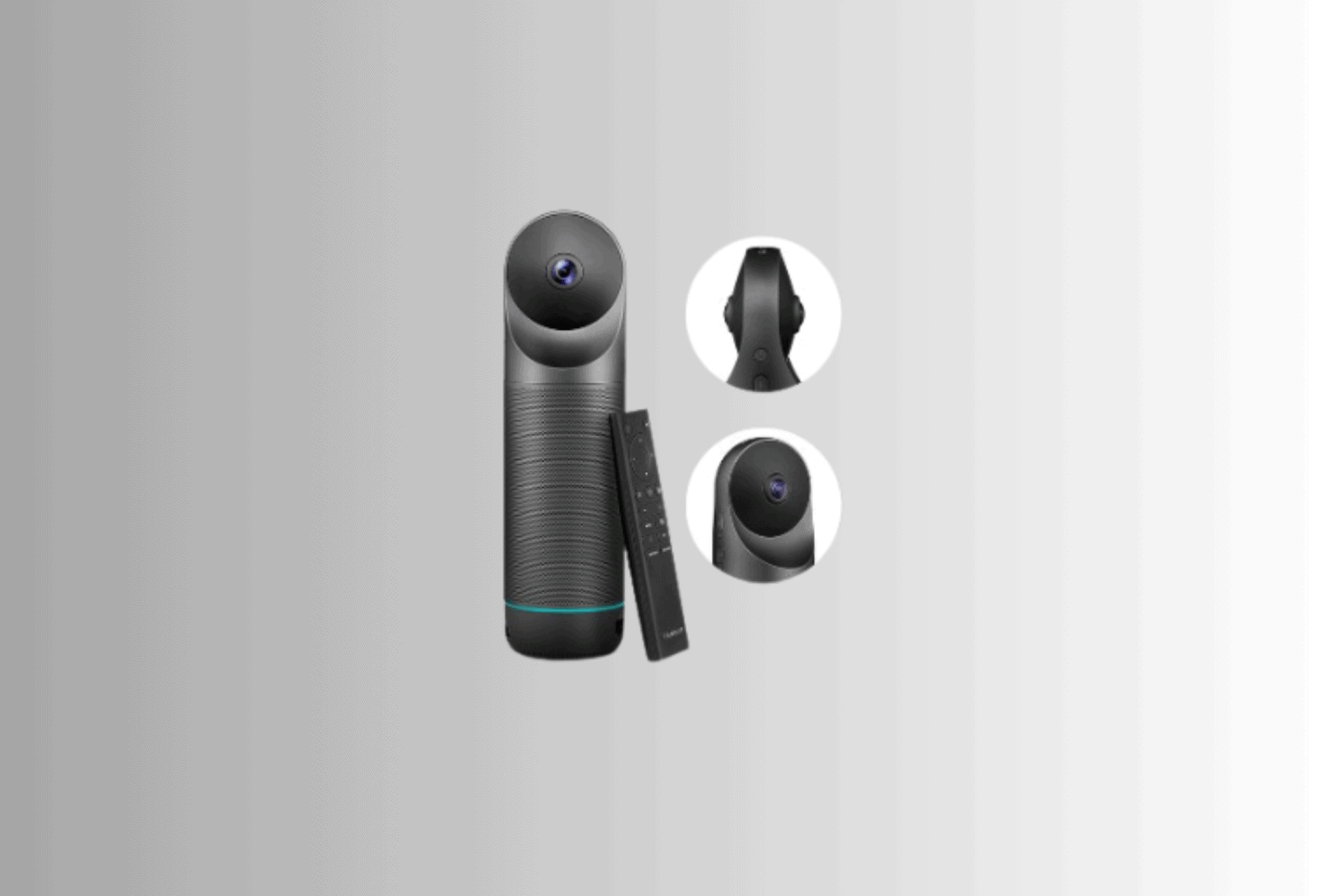
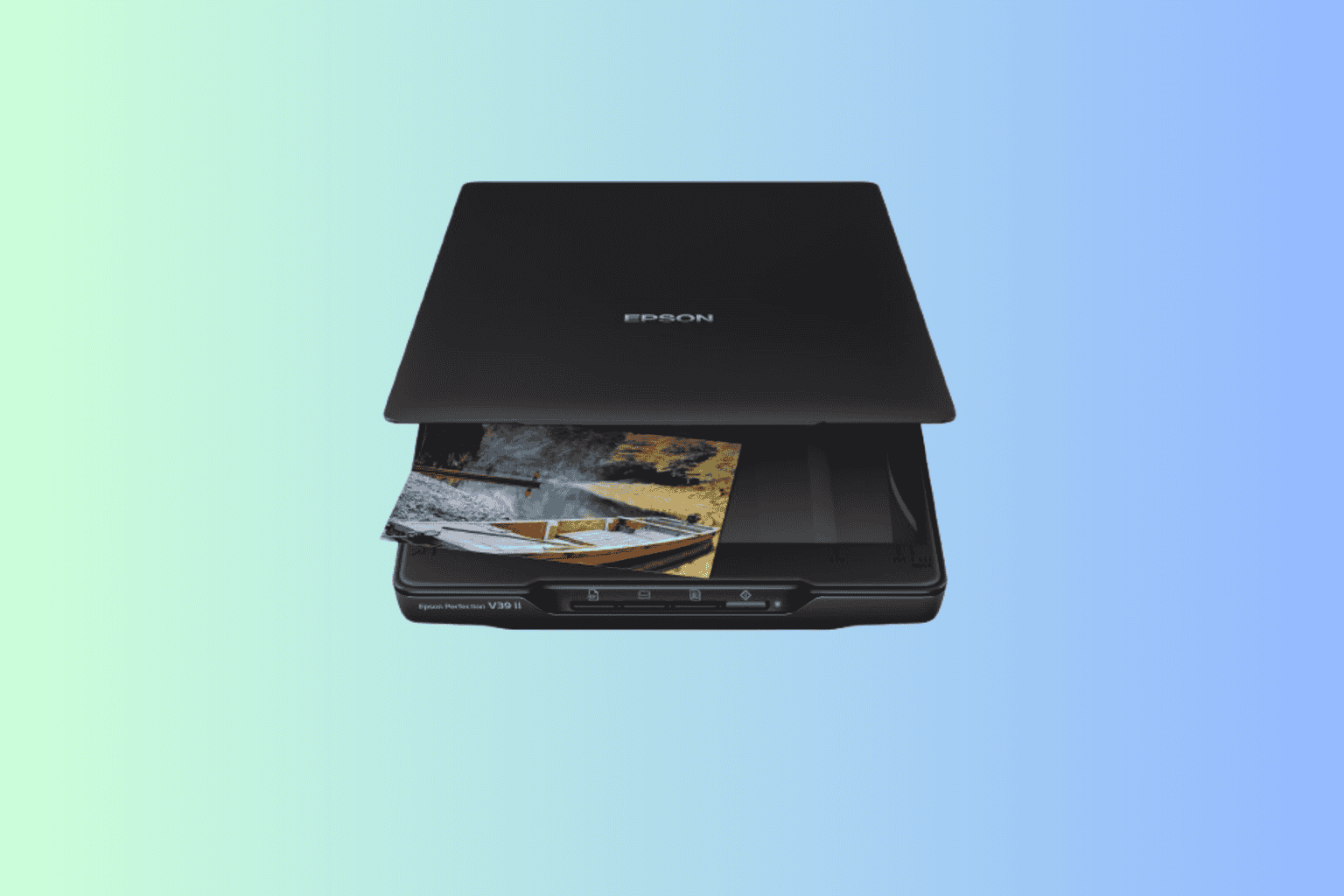
User forum
0 messages